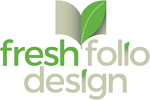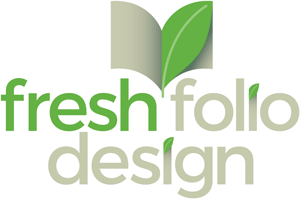The ad requested general information about experience, qualifications, hourly rate, etc. It was all information that could easily be provided through a cover letter and resume. However, I wanted to make an impression and stand out from the competition. It was a tall order, but there was a simple solution that would get me the results I wanted.
 Be aware of competition
Be aware of competition
It would be standard operating procedure to send a #10 envelope with two 8.5”x11” pages as a reply to this ad request. However, if that is what most people are doing or even if that may be what the person who posted the ad is expecting, it’s a perfect opportunity to break out from the herd and explore a new solution. Of course, you want your message and format to work together. Those two elements should never feel like they are competing with each other.
I don’t advocate being different just for the sake of being different, especially if it compromises what message is received.
However, are you seeing the same approach to brochures from other companies at the annual trade show? Are you using the same format of materials for your sales team because that’s what you’ve seen other companies doing? Or even more common, is the format staying the same because “that’s how we’ve always done it.” It may be time to consider a refresh to those materials.
 Don’t need to break the bank
Don’t need to break the bank
Some times people tell themselves that to do something different will result in more expense. While budgets and costs are a factor, the first question is to be clear on your goals and reason for sending out this information. Is it an informative piece that your audience will continue to reference? Is this an introduction to your company and may be someone’s first experience as to the standard and quality they can expect from you? Is the purpose of the brochure to influence the reader and guide them to a call to action? These are some of the questions to consider when determining what solution is best for your materials. And ultimately the answer may be to stay the course and keep the same format for your materials. However, you will never know if you don’t take the time to ask some questions.
 Sometimes it’s slight adjustments
Sometimes it’s slight adjustments
In my situation, I had recently seen a style of brochure that I knew I could adapt to a format that would communicate all of the pertinent information, and create a more engaging experience for the reader. Sometimes it’s as simple as a different fold or maybe instead of printing full-color, more is invested in a different paper and the design utilizes only 1 or 2 colors, which sometimes stand out in a sea of full-color brochures. The point is that you don’t have to change everything to make an impression. Simple, intentional choices can make all of the difference to the final result.
In the end, I did get a call from that copywriter, he became my first client and we have enjoyed a successful partnership for over 16 years.
After we had been working together for a while he shared with me that he got about 100 responses to that ad and mine was the only one that he called. It was a simple, but unique, format and quality paper.
So what is it for you? Have you been struggling to set yourself apart from the competition? Give us a call and let’s talk about how you can use your content in a format that will enhance your message and help your audience to remember you.











Leave a Reply